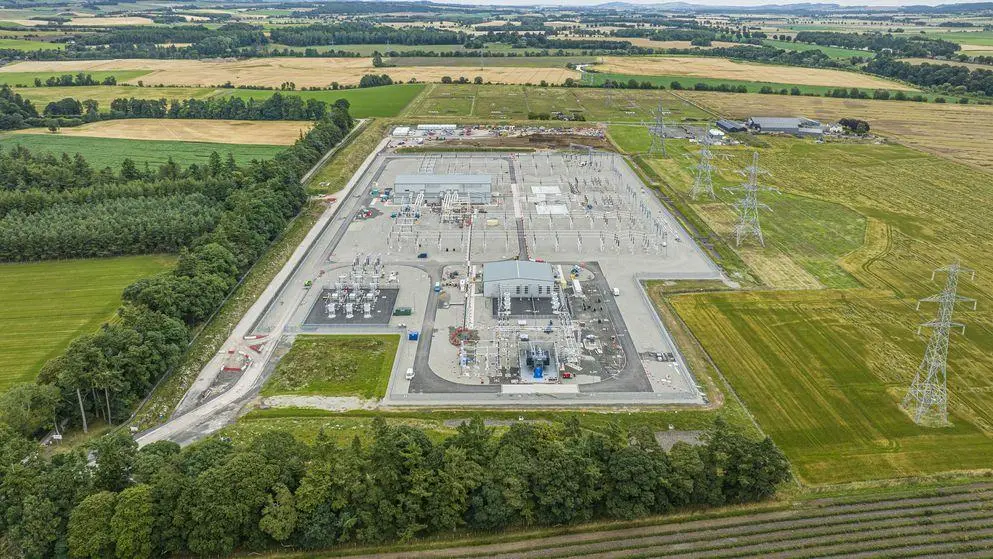
BAM and Siemens Energy are partnering to deliver critical onshore transmission infrastructure for SSEN Transmission, set to safeguard UK’s future energy supply and its transition to a Net Zero economy.
The programme, known as Pathway to 2030, is an interconnected set of major projects in the north of Scotland that will help to secure the country’s future energy independence by enabling the transportation of homegrown low carbon power, reducing the country’s dependence on – and price exposure to – volatile global wholesale energy markets.
The joint venture partners will deliver the substations connecting the transmission network in north Scotland by 2030.
The renewed partnership between SSEN Transmission, BAM and Siemens Energy was marked by the signing of a transformative contract under the Accelerated Strategic Transmission Investment (ASTI) framework. An agreement, which demonstrates the strong, existing collaboration among the three organisations, setting a foundation for future successes in enhancing the UK’s energy network.
Paul Leddie, Director of Procurement at SSEN Transmission, said: ‘Over the past decade BAM and Siemens Energy have combined as a joint venture to successfully deliver a number of our flagship substation schemes. Following their success in the recent ASTI tender process, it is fantastic news that this strong collaboration will continue across a number of our ASTI programme substation schemes, helping deliver the transition to Net Zero whilst creating jobs and delivering tangible benefits to local communities.’
Mark Pilling, Vice President of Grid Solutions Europe at Siemens Energy, said: ‘We are delighted to be continuing with our long-standing relationship with SSEN and our joint venture partner BAM, delivering the ASTI programme as part of the Network for Net Zero – pathway to 2030. The Energy Transition and achieving Net Zero is one of the greatest challenges facing us in generations. As a joint venture we have the know how, technology, people and skills to enable the deployment of innovative solutions to deliver the infrastructure required for ASTI.’





